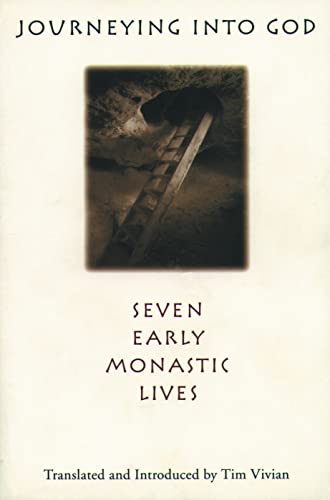The Message of Isaiah (Bible Speaks Today Series)
Written by Barry Webb Reviewed By Paul A. BarkerThis is a superb addition to a very good series. It is concise and lucid, dealing with 66 chapters in just 250 pages. Yet this commentary does not fall into superficial comments but is full of theological depth and insight. As is the style of this series, the commentary does not deal with each individual verse but rather looks at paragraphs at a time. Almost exclusively, comments on the Hebrew are confined to footnotes. The same is true for scholarly arguments which most Christians can read and profit from. I must say that by the end, I was beginning to eagerly plan a sermon series on Isaiah.
The unity and authorship of Isaiah remains, of course, a pint of ongoing scholarly debate. Webb’s brief discussion of this is in the introduction (see pp. 33–37). He regards Isaiah as a basic unity though acknowledging a role for Isaiah’s disciples in the years immediately after his ministry in recording the last half of the book. This Isaianic school is faithful to Isaiah and is reflected in 8:16–17. Webb sees clear evidence of editorial activity in the book but not to the extent of the majority scholarly opinion at present. Thus the book is pre-exilic in its entirety. This accounts for the lack of specifics in chapters 40–66 and the so-called anonymity of the prophet there. Isaiah 40 is Isaiah’s recommissioning, hence there is no need to name him again. There is a structural unity to the book, reflected in the visions which begin and conclude it (pp. 25–29).
The commentary is divided into seven parts: The Lord is king (1–12), Lord of the nations (13–27), Human schemes and God’s plan (28–35), In whom shall we trust? (36–39), Comfort my people (40:1–51:11), Grace triumphant (51:12–55:13) and, Waiting for a new world (56–66).
This commentary is a fine example of biblical theology at its best. It is rich in cross-references to both Old and New Testaments, these forming the bulk of the footnotes. Webb does full justice to the prevailing historico-political situation of the eighth to sixth centuries BC which provide Isaiah’s immediate context. However he recognises that the prophecy of Isaiah finds its culmination in Jesus Christ as the end of a process of fulfilment. For example, the promise of a sign to Ahaz in chapter 7 is, in addition to being a threat, is also a promise of God’s preservation of a remnant of his people. The remnant in Isaiah’s day was just part of a process leading to Jesus Christ (p. 63). Similarly the apocalypse of Isaiah 24–27 anticipates that of Revelation (p. 105).
This biblical theology guides the application of his commentary. Though here is hardly any extensive discussion of modern issues, parallels or illustrations, as one might expect in an exposition, Webb’s expression of the theological continuity of God’s purposes, character and relationship with his people mean that the reader is naturally drawn in to Isaiah’s message. The excellence of this commentary is that the points of application need only be brief and pithy, as they are, for it is Isaiah himself who still speaks today. It is terrific to read an Old Testament commentary so rich in theological appreciation.
The commentary is based on the NIV text which is not quoted in full. I noticed just a few typographical errors (e.g. pp. 175, 214, 248). I also wonder what the worst of all sins is, pride (p. 150) or idolatry (p. 180)?
This commentary is a welcome addition indeed to the series, with Oswalt and Motyer means that the student or preacher now has a wealth of resources available.
Paul A. Barker
Paul A. Barker
Malaysian Theological Seminary
Seremban, Malaysia







